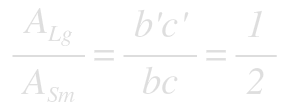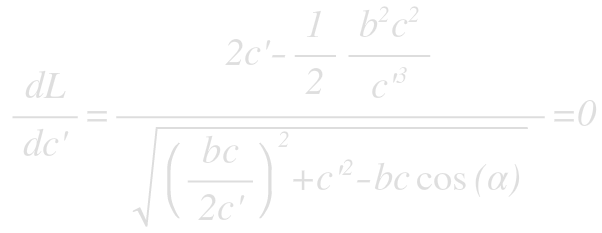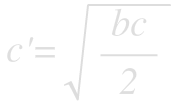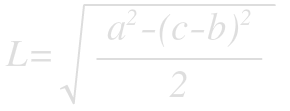Bisecting an arbitrary triangular cake
Earlier this week we saw how to bisect an equilateral triangular cake. Here's the original posting: Bisecting a triangular cake.
What happens if the bakery poorly eyeballs the dimensions it comes out a bit more scalene?
 |
Shortly after publishing my article, I was contacted by Scott Carr, a talented graduate student from Rice University. Scott extended my simple equilateral triangle cake puzzle and solved it for a generic triangle. He sent me a link to his work, and then graciously offered to write it up for me to publish on this blog. Here, in his own words, is his work. Thanks for reaching out. |
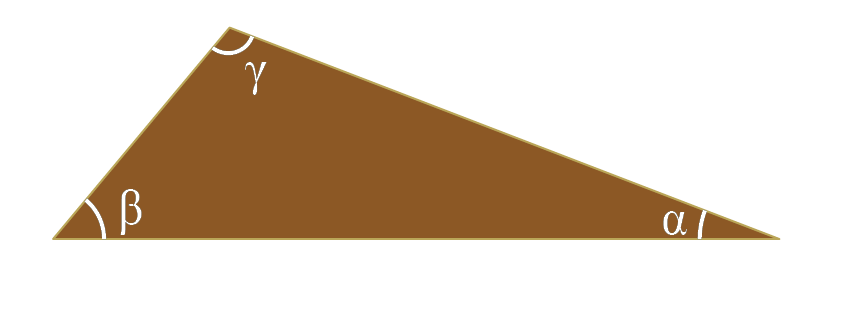 |
The game is the same as before but the players are a bit different. We still would like to cut the cake into two equal pieces using a single, straight cut. We follow a very similar path to before but need to do some careful labeling of sides and angles before diving in. We arrange our cake so that the shortest side is called a, medium side b, and longest side c. Being good geometers (despite the sweet tooth) we dutifully label all the angles: α opposite a, β opposite b, and γ opposite c. Hope you're hungry cause it is time to get mathy! |
|
We begin with an arbitrary cut through the two sides of the triangle. But which two? On a hunch we cut the two longest sides. Making a cut opposite the smallest angle seems like a good place to start. This cuts gives a funky quadrilateral and a new triangle. We label the sides of the triangle b' on the b edge, c' on the c edge, and L along the cut. For this cut to be an area bisecter, then the area of this new triangle must be half of the area of the whole cake. |
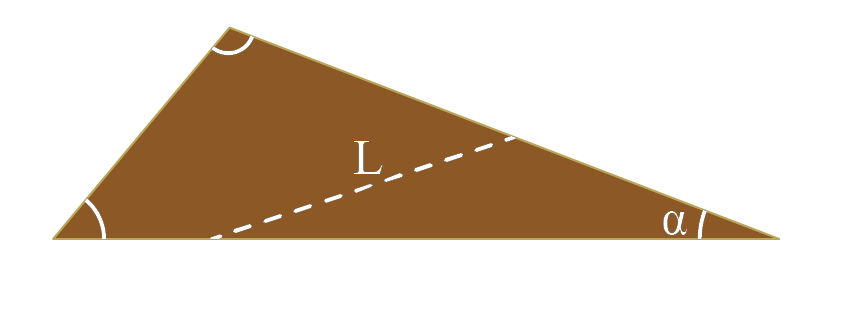 |
 |
We know the area of a triangle is half its base multiplied by its height. Applying our trigonomitry skillz, we find the area for the whole cake as well as the triangular slice. |

|

|
|
Thanks for indulging me in a bit of mathematical fun. Next time you and a buddy order a triangle cake that comes out quite scalene, you now can split it evenly. All this cake talk has made me hungry... |
You can find a complete list of all the articles here. Click here to receive email alerts on new articles.
Click here to receive email alerts on new articles.

